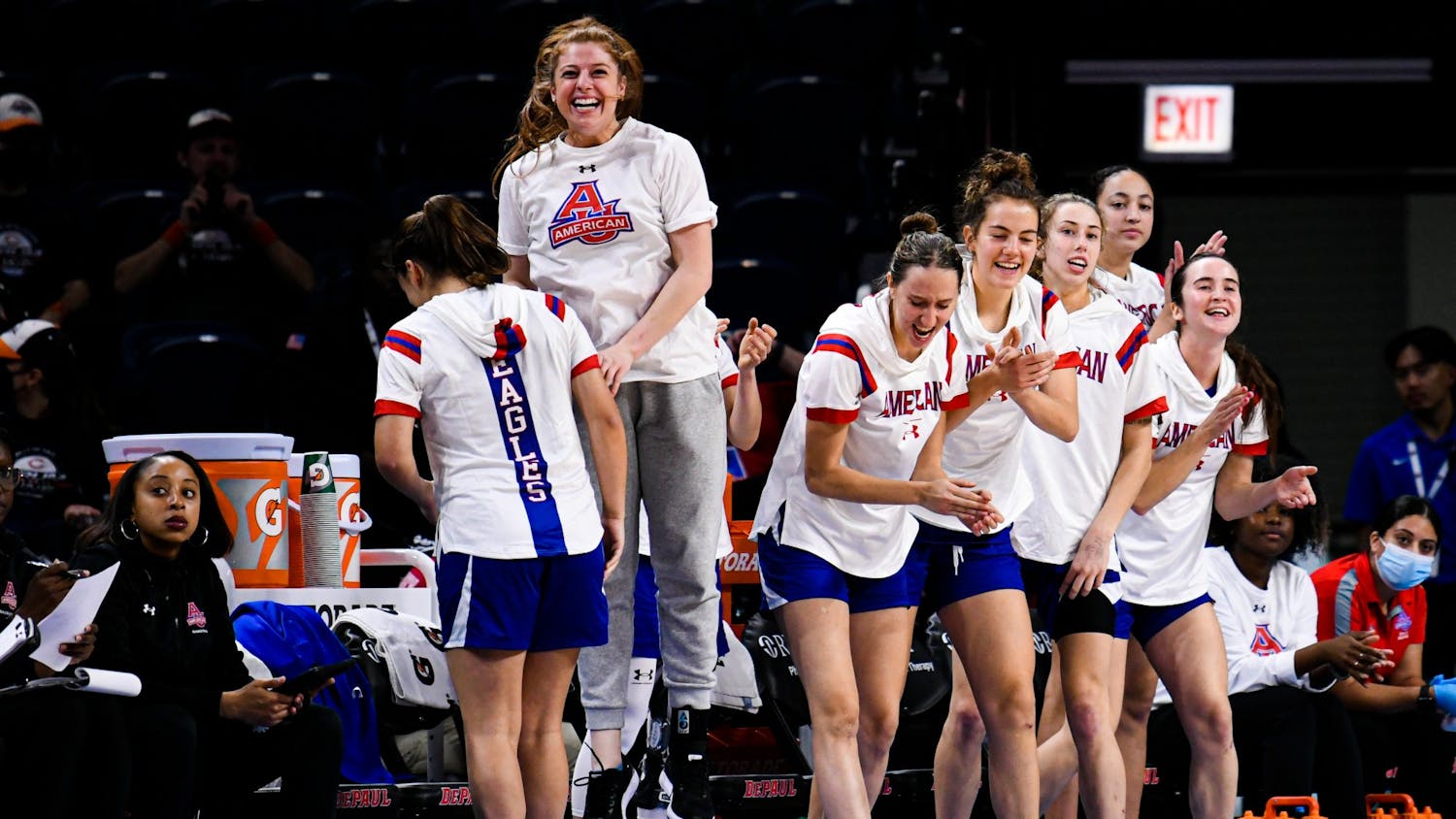The Washington Capitals were one of the most active teams during Wednesday's NHL trade deadline, but they may not be one of the most successful.
On the surface, Washington's acquisitions of Scott Walker, Joe Corvo, Eric Belanger and Milan Jurcina will make the team better. Those acquisitions may have upset what was a very close knit locker room, however. When new players enter the picture, others must exit. In Washington's case it was Matt Bradley, David Steckel and John Erskine who drew the short straws.
It was clear from looking at Steckel and Bradley in the press box during Thursday's 5-4 win over the Tampa Bay Lightning that they were not happy with having to sit out. Nor should they be, as they have been two of the team's most consistent players throughout the year. Fans should not be happy either, as the team clearly looked off.
Players looked lost out on the ice and were out of sync. Passes were inaccurate, shots were taken when they shouldn't have been and there were fancy moves when there should have been straight slap shots. One might blame it on just a bad night, but after the team looked so determined against Ryan Miller and the Buffalo Sabres the night before, it is hard to believe anything other than the new lineup was to blame.
Sitting Erskine is acceptable, because, in all reality, he has had quite a poor year. He often fails to clear the crease and makes too many stupid plays.
That said, breaking up perhaps the team's most important energy line by sitting Steckel and Bradley is inexcusable.
Time after time, it was the Steckel-Bradley-Boyd-Gordon line that would fire up the team if it was not playing well. During last year's playoff run, it was Bradley who scored two goals in a game that would have knocked Washington out of the first round if they had lost. Later in the second round, it was Steckel who scored the overtime winner to send the series to a Game 7 against the Pittsburgh Penguins.
Not only does Steckel come up big with goals when Washington needs them most, but he is second in the league in faceoff percentage. Meanwhile, Washington's second line center Brendan Morrison is 47th in the league in faceoff percentage. If Belanger was brought in to be a second line center, shouldn't he be be playing on the second line replacing Morrison, not Steckel? Not only is Belanger significantly better in the faceoff circle then Morrison, he is eighth in the league, but he has the same number of offensive points as Morrison.
It just doesn't make sense to bench someone who clearly helps the team win night in and night out, like Steckel does. Last night for instance, Morrison went, 3-13 in the faceoff circle, a team low. If Steckel had been in, perhaps the Caps would have won more defensive faceoffs and the Lightning wouldn't have had the opportunity to score four goals.
While it is easy to make the argument for why Steckel should have played, it is harder to justify playing Bradley over Walker. For the first 50 minutes of the game, it seemed as if Walker was going to contribute almost nothing. It all changed in the final 10 minutes however, as he went ahead and scored two goals, including the game winner. That said, Bradley has turned sloppy efforts around early on, something Walker was unable to do in his first game as a Cap. If Bradley was playing on his energy line, Washington may have played a tighter game then the one they did.
In reality, it is hard to make a judgement on a trade after just one game. The team has time to bond and create chemistry together, but no matter what it will be at the expense of other players. There is never anything wrong with depth, but sometimes the best players may not be the ones who should be in the game. In sports, especially hockey, you can't teach skill, but then again you also can't pay for chemistry. Washington's front office should remember that as they begin to make decisions about who will and will not play down the stretch.
You can reach this columnist at atomlinson@theeagleonline.com.




